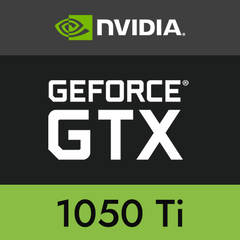Another File Server build..
-
Featured Topics
-
Topics
-
FrusteratedCustomerRIPamd ·
Posted in Troubleshooting0 -
6
-
0
-
2
-
2
-
sweshy ·
Posted in New Builds and Planning7 -
7
-
4
-
4
-
9
-
-
play_circle_filled

Latest From ShortCircuit:
We've Never Unboxed a 3D Printer Like THIS before! - Micronics SLS 3D Printer






.thumb.jpg.271b3e6811b76c1a6c28065117ae6c81.jpg)








Create an account or sign in to comment
You need to be a member in order to leave a comment
Create an account
Sign up for a new account in our community. It's easy!
Register a new accountSign in
Already have an account? Sign in here.
Sign In Now